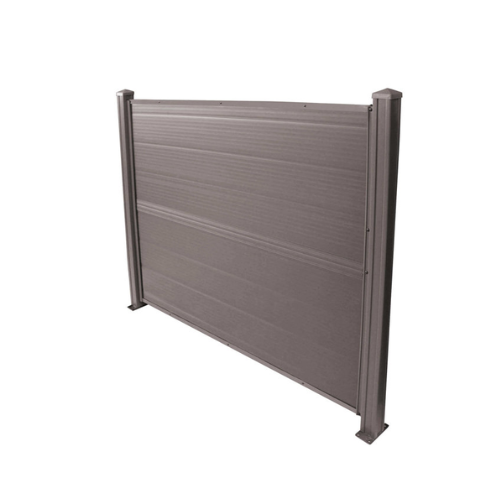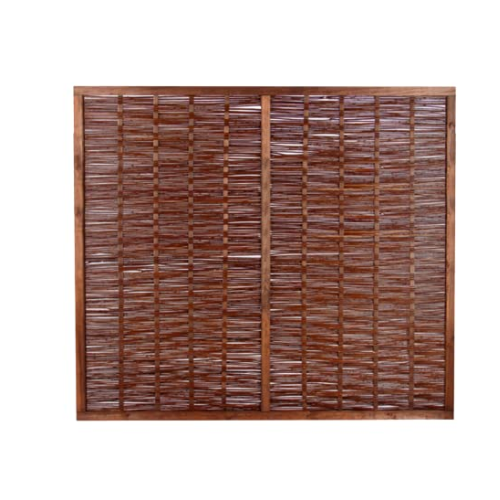Wood vs Vinyl Fence — Which One Should You Use in Your Garden for Ultimate Privacy?
Your fence is a vital part of your garden's design. Here's the material the experts think you should be using in your outdoor space


If you're going through the process of designing your garden area, you'll likely have already encountered this question: wood fence or vinyl fencing?
There will be many decisions you have to make when creating your dream garden, and often, there can be endless options to pick from. Other times, however, there will be considerably fewer options. This is certainly the case when it comes to choosing the material for your garden screening ideas, where your choices are limited to the two champion materials: wood and vinyl.
Creating a beautiful, relaxing outdoor area is no easy task. Each element of your design will impact the overall feel of your space, including your fencing choice. Plus, this isn't a purely aesthetic decision. You want to make sure you're choosing a material that will last you through the years and won't start crumbling apart after a particularly rainy spring.
For several years, wood and vinyl have been the two predominant options for lining the perimeter of outdoor spaces, but which one is the right choice for you?
Why Choose Wood Fencing?
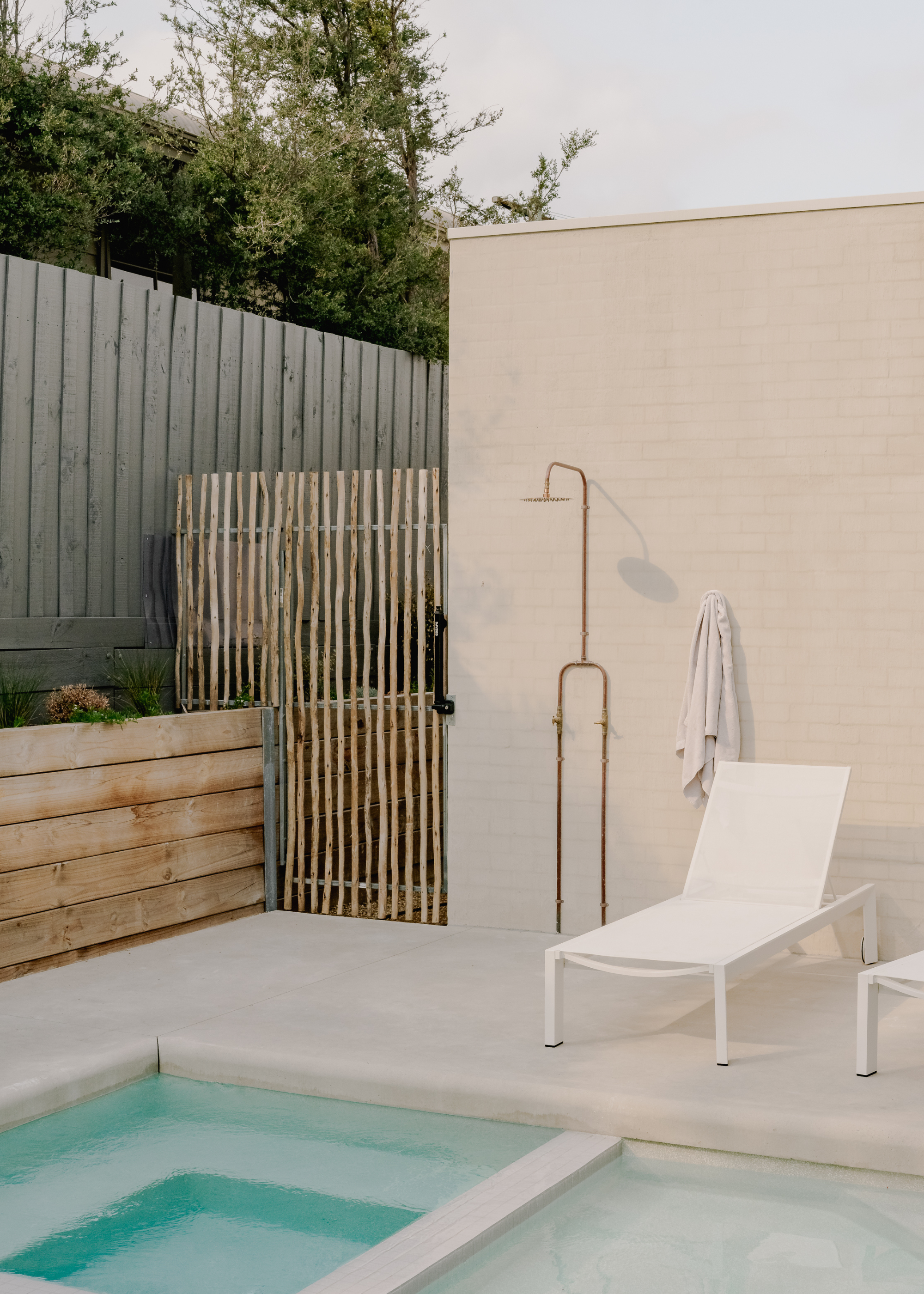
Paint your wooden fencing white for a more clean, airy look.
Wood is a classic material, with a look to match. "Wood provides classic elegance and warmth to any space while perfectly complementing natural or rustic aesthetics," explains Tammy Sons, founder and CEO of TN Nurseries.
However, wooden fencing is not a monolithic category. With so many varieties of wood available, you can find an equally vast array of different types of wood fences. You can find an option for every price point and design style, opening up a world of possibilities for your garden.
"I'm especially fond of cedar as a fence material; it's got a great reddish tone that the right stain brings out, it's got natural resins and oils to help it resist the elements, and it's still relatively affordable and easy to work with, unlike more exotic hardwoods," says Rafi Friedman, president of Coastal Luxury Outdoors.
The Livingetc newsletters are your inside source for what’s shaping interiors now - and what’s next. Discover trend forecasts, smart style ideas, and curated shopping inspiration that brings design to life. Subscribe today and stay ahead of the curve.
Choosing a material that is suited to your environment is key to a low-maintenance garden design, so bear this in mind before making your decision.
Beyond the natural appeal of this rustic material, wood is also a popular choice among DIY lovers, as the highly adaptable surface can easily be varnished or painted to create a completely new look. Tammy notes, "Wood fencing is perfect for people who love DIY projects because they can switch stains or paint colors whenever they want."
Plus, the materials' propensity for DIY projects makes it a great option for those wanting to achieve a striking look while staying on budget. "If you want to really stretch your budget, the DIY approach and an affordable wood like treated pine will cost less than half of what a vinyl fence would cost," comments Ben Ashton, from Rocky Mountain Terrain.
Alongside the visual appeal of a natural wood fence, the approachable price point for this material makes it a particularly popular option.
Tammy Sons is a seasoned plant expert and the CEO of TN Nursery, a family-owned business in Altamont, Tennessee, with roots dating back to 1959. Growing up in a nursery family, she developed a deep passion for plants and the environment. Over the years, Tammy has expanded TN Nursery from a modest operation into a thriving enterprise, now encompassing nearly 400 acres of availability from other growers and her own farm and employing numerous local residents.
Why Choose Vinyl Fencing?
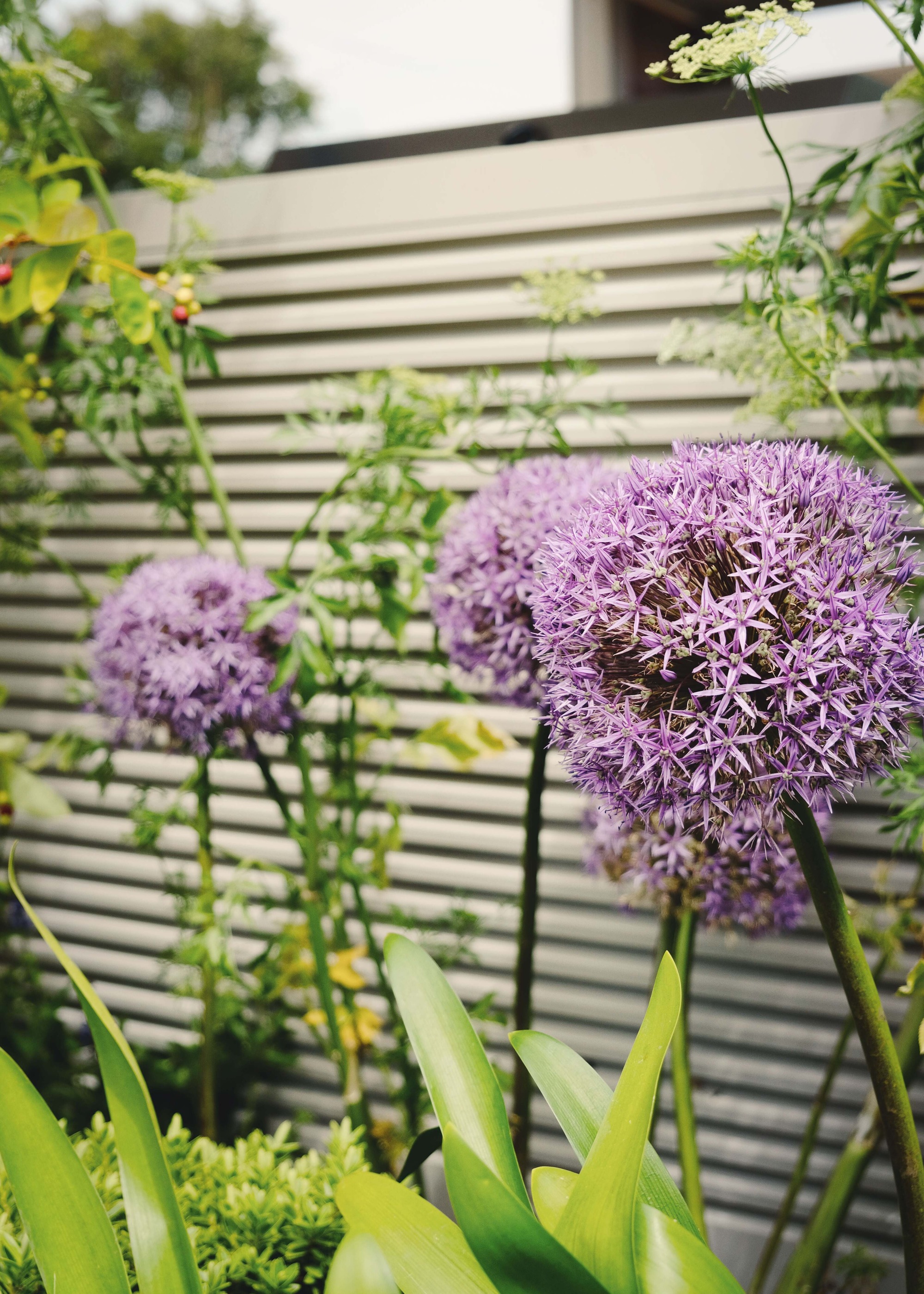
Vinyl fences make a good, neutral backdrop to more dramatic garden designs.
If you're looking for a low-maintenance, hands-off fencing option, vinyl should be your material of choice. However, as with many good things, it doesn't come cheap. "Vinyl is a high-end option; not everyone can afford it, but it's one of the most desirable materials out there for higher-end projects," explains Rafi.
Typical vinyl fences are constructed of a synthetic plastic, known as PVC. Unlike wood, this material is practically completely resistant to water damage, making it a great choice for those living in particularly rainy climates.
"Vinyl is significantly more resistant to scratching, mold, insect damage, warping, and general wear and tear. So, for longevity and maintenance purposes, vinyl really is the best," says Mike Fretto, the creative director of Neighbor. "That’s also why it’s better for decking, too."
Tammy agrees and says, "Vinyl stands out because it requires very little maintenance. This material withstands weather changes and requires no paint while maintaining its polished appearance through time, which makes it ideal for those seeking low-maintenance yet refined outdoor looks."
Although Vinyl may cost more upfront, it will last far longer than other available options, and you'll spend next to nothing on upkeep. "Vinyl becomes a wise selection when you want a long-lasting fence that maintains its appearance throughout the years while accommodating your busy lifestyle," says Tammy.
If you want to spend your time enjoying your garden and not constantly tweaking and adjusting it to make it work, vinyl will always come out on top.
"Select vinyl if you want set-it-and-forget-it ease of use," recommends Andy Wu, founder of Backyard Oasis. "It's resistant to pests and the elements, so it makes a good choice for those who want to unwind and not fiddle with their fence."
The Drawbacks of Vinyl
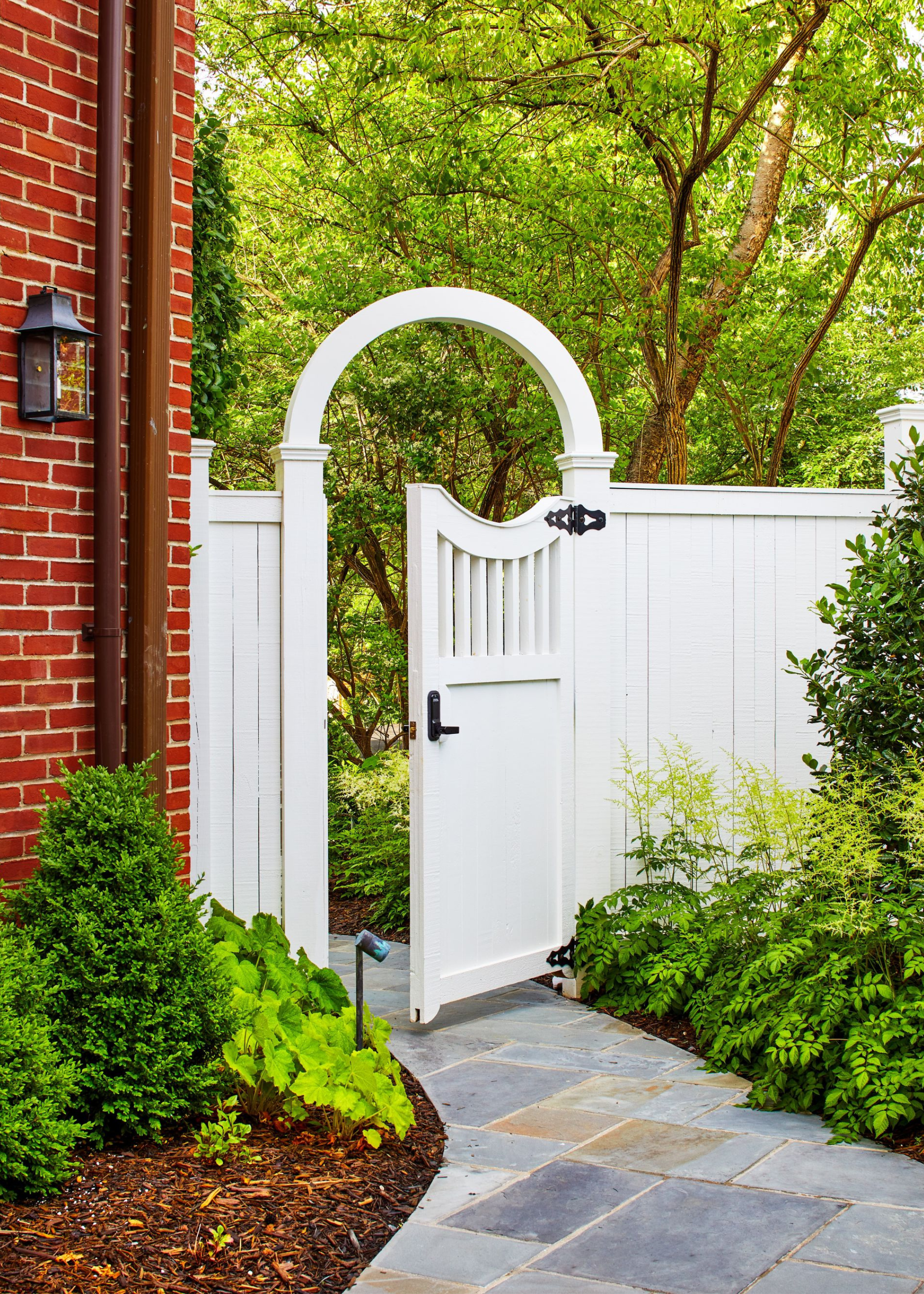
Although vinyl is resistant to rain, excessive sunlight may alter the color of your vinyl fences.
For all the low-maintenance appeal of vinyl fencing, there are still a few drawbacks to this luxury material to consider before making your decision. "Appearance-wise," Mike begins, "a lot of people prefer wood because even though vinyl can be designed to look wood-like, true wood has a much more authentic look to it."
The highly manufactured, synthetic look of vinyl can be the most off-putting aspect of this material, especially for those hoping to achieve a more organic garden design.
Beyond the visual drawbacks, the high cost of vinyl fencing may leave you questioning the appeal of the material. "Vinyl is much more expensive up-front, often twice what a wood fence would cost," says Ben.
He continues, "It's also most commonly available in white, and other colors tend to fade in the sun. Your aesthetic options are much more limited."
The Drawbacks of Wood
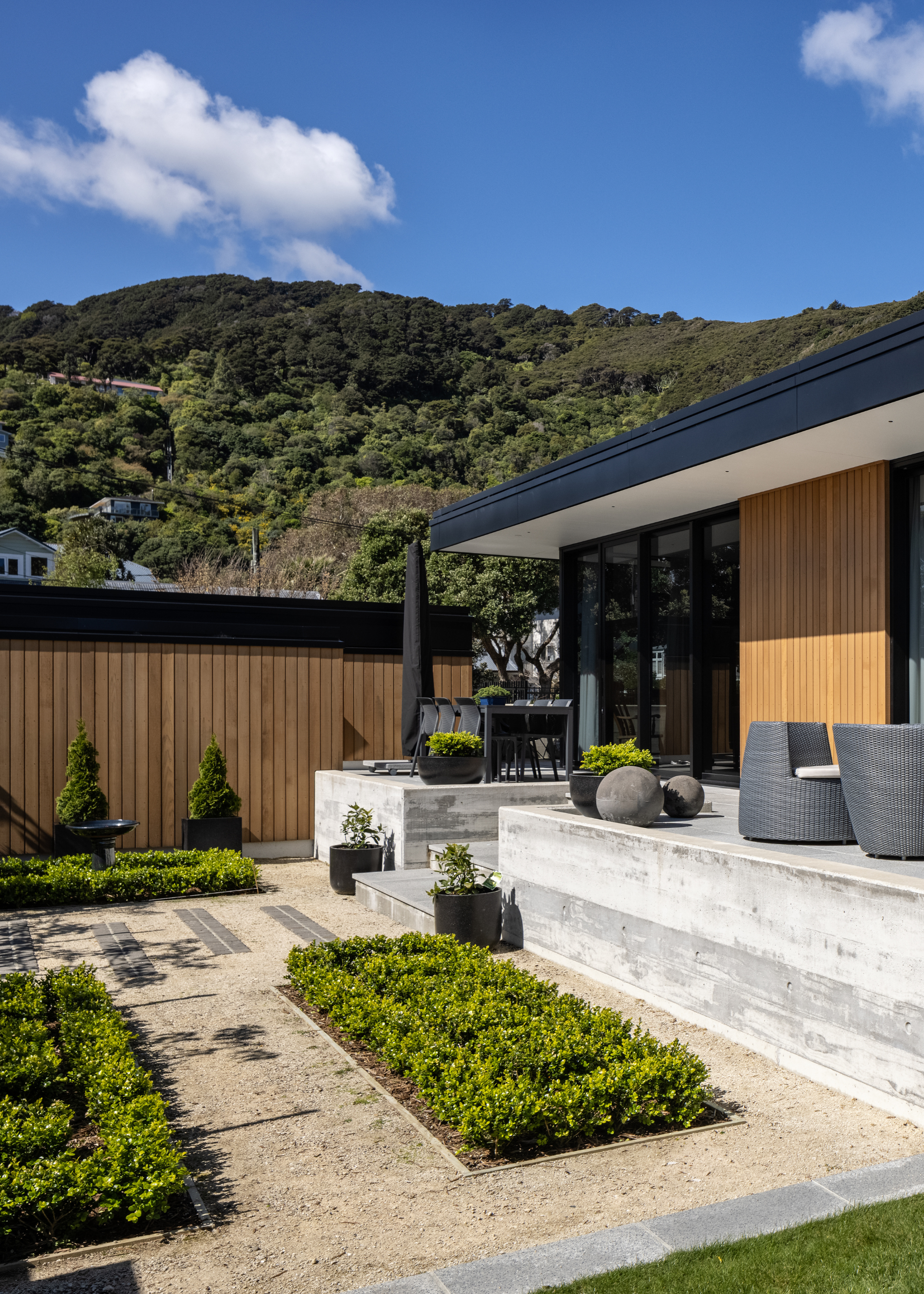
Wooden fences require sealing, and other protective measures.
As the experts have mentioned, wood fencing requires a considerable amount of upkeep and is far from the most low-maintenance fence.
Without proper treatment, wood can be prone to molding and water damage, and if you leave it for too long without caring for it, you may find yourself having to replace the entire fence.
"Wood requires extra maintenance," notes Tammy, "but it provides more flexibility along with a natural appearance."
Ben echoes this point, adding, "Wooden fences do require regular maintenance and repair if you want them to last."
While avid DIY-lovers may embrace these additional responsibilities, for those of us who would rather sit back and relax, wood fencing may not be the best option.
Which One Should You Choose?
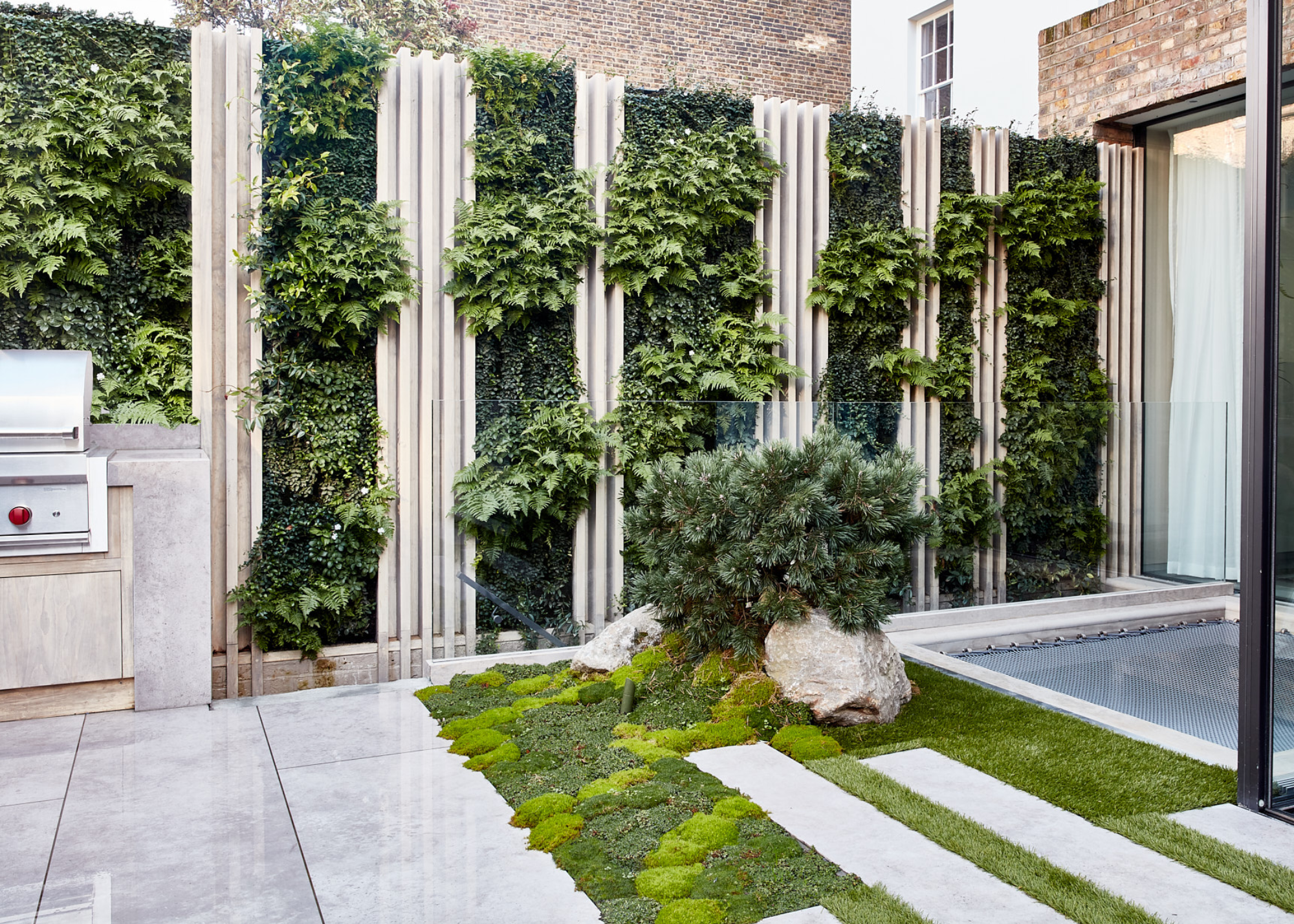
Integrate climbing plants in to your fence design for a more organic feel.
So, which one should you go for?
"Wood requires extra maintenance, but provides flexibility along with a natural appearance. Though vinyl requires a larger initial investment, it delivers long-term convenience," explains Tammy.
Alongside the natural look, wood also allows you to experiment with wood fence color ideas.
Tammy continues, "The natural charm of wood appeals to me, yet vinyl proves to be the better option when ease of maintenance is the priority. Your preference for fence style determines how much maintenance you'll need to do after installation."
Ultimately, as Tammy references, your decision will be based on your personal needs and should reflect your aesthetic goals and lifestyle ideals.
"It’s a matter of what is important to you," comments Andy, "I had a client in Atlanta who used wood for its character, but spent weekends sanding it. Another used vinyl and sang its praises for how it shrugged off our hot summers."
Ultimately, as Andy explains, "If you're an aesthetics individual and don’t care about the effort, then wood’s your man. If you want durability with no effort, vinyl’s the winner."
Choosing the right material for your fence is just the beginning of your garden design journey. From tall privacy fence ideas to the best plants to cover a fence (if you don't want them to sit in isolation), the world is your oyster when it comes to creating your outdoor haven.

Maya Glantz is a Design Writer at Livingetc, covering all things bathrooms and kitchens. Her background in Art History informed her love of the aesthetic world, and she believes in the importance of finding beauty in the everyday. She recently graduated from City University with a Masters Degree in Magazine Journalism, during which she gained experience writing for various publications, including the Evening Standard. A lover of mid-century style, she can be found endlessly adding to her dream home Pinterest board.

